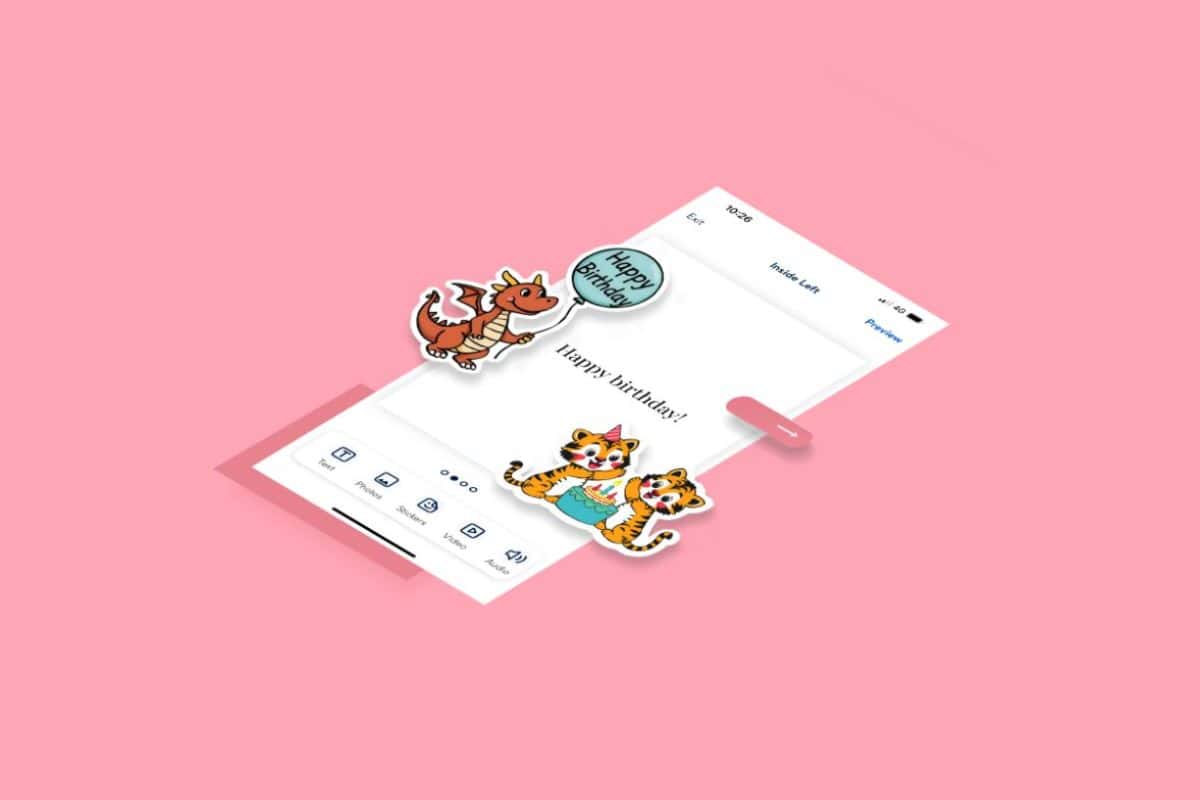According to the IMRG Capgemini Quarterly Benchmarking Index, Q1 of 2012 sales through a mobile device (including tablets) have been rocketing at a growth rate of 2000% in two years. But the rise of mobile is having unexpected impacts on e-tail.
When the Quarterly Index was launched in Q1 2010, the percentage of sales via mobile devices was recorded as 0.4% of e-retail sales. In Q1 2012 this hit 8.2%, a growth rate of 2000% over the 2-year period. Visits via a mobile device are currently double that of the sales figure, at 16.4% of total site visits in Q1 2012.
But the benchmark also found that bounce rates on retail sites have continued to rise as consumers become ever more demanding, both in terms of finding the right products and the actual experience that the site provides.
According to the IMRG Capgemini Quarterly Benchmarking Index, Q1 of 2012 saw bounce rates hit 27%, the highest yet recorded in the two years the Index has been tracking this data. Throughout this period there has been a consistent increase, starting at 21% in Q1 2010 and rising to 23% in Q1 2011.
The increasing popularity of internet access through mobile devices is most likely having an effect on the bounce rate, due to the context in which the access may occur and also that some sites may display more engagingly on a tablet than others.
Tina Spooner, Chief Information Officer at IMRG, explains: “The competition and choice available to online shoppers has always provided a fundamental challenge for retailers, as a hard-to-please visitor can easily become disinterested at the initial contact with a brand. These figures show that consumers are becoming ever more demanding when finding the online experience that suits them. Retailers need to ensure that the site is as engaging as possible for their customer demographic, looking at usability, social elements and performance through key channels and browsers. For online consumers, it would appear that first impressions really matter.”
There are also some interesting findings for marketers in the Quarterly Index results. The average ROI per pound spent for online marketing has consistently been higher than the ROI for affiliate and PPC marketing. In Q1 2012, while the average for PPC and affiliate declined year-on-year, the average ROI for online marketing reached £19.57, 37% higher than the £14.22 figure seen in the same quarter last year.
Chris Webster, Head of Retail and Technology at Capgemini, adds: “The potential importance of mobile as a channel had been established and we are now seeing this translate into site visits and sales. We have yet to appreciate fully the impact of the mobile device in all its glory; location based marketing, mobile payments, near-field communication for customer identification; integration with social media. Mobile is the expression of your personality and customers are now more concerned never to be without their mobile phone that their wallet.”








